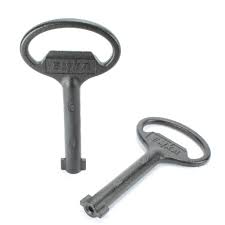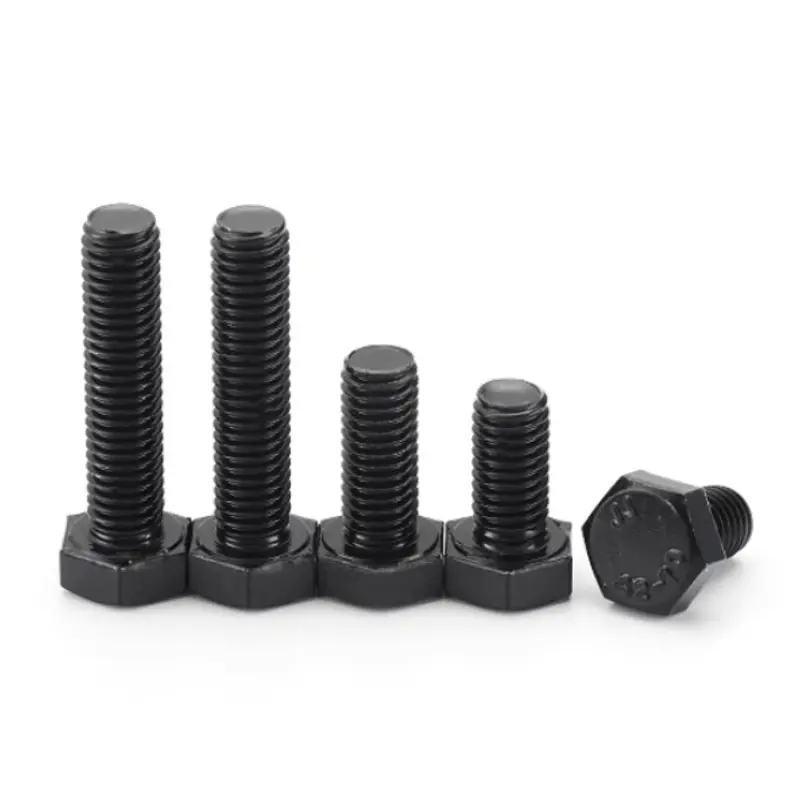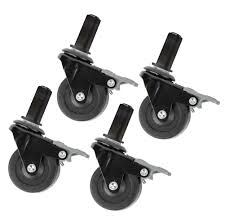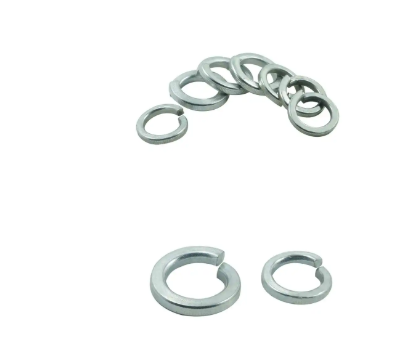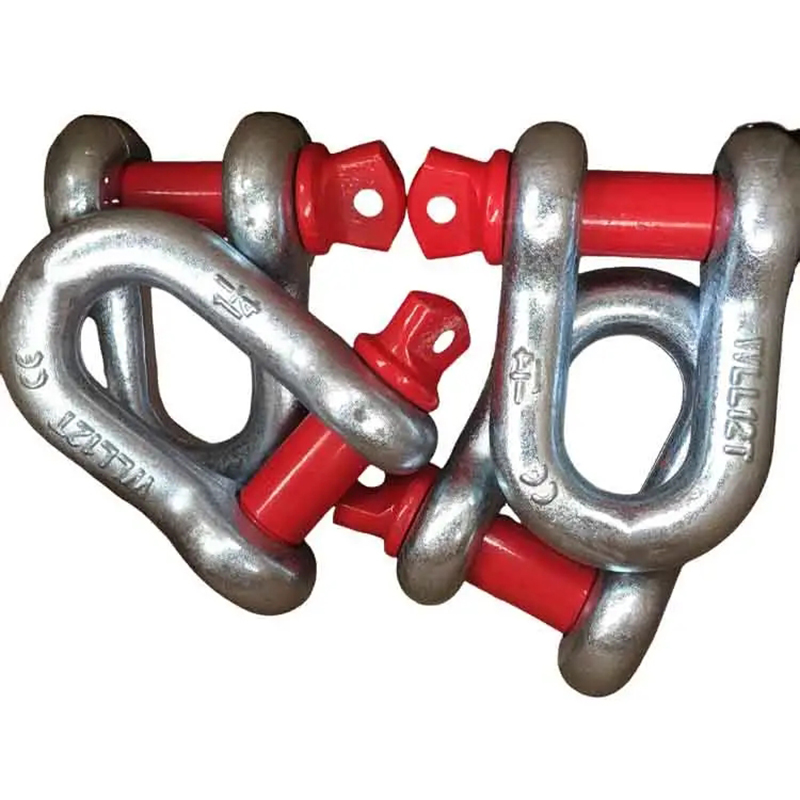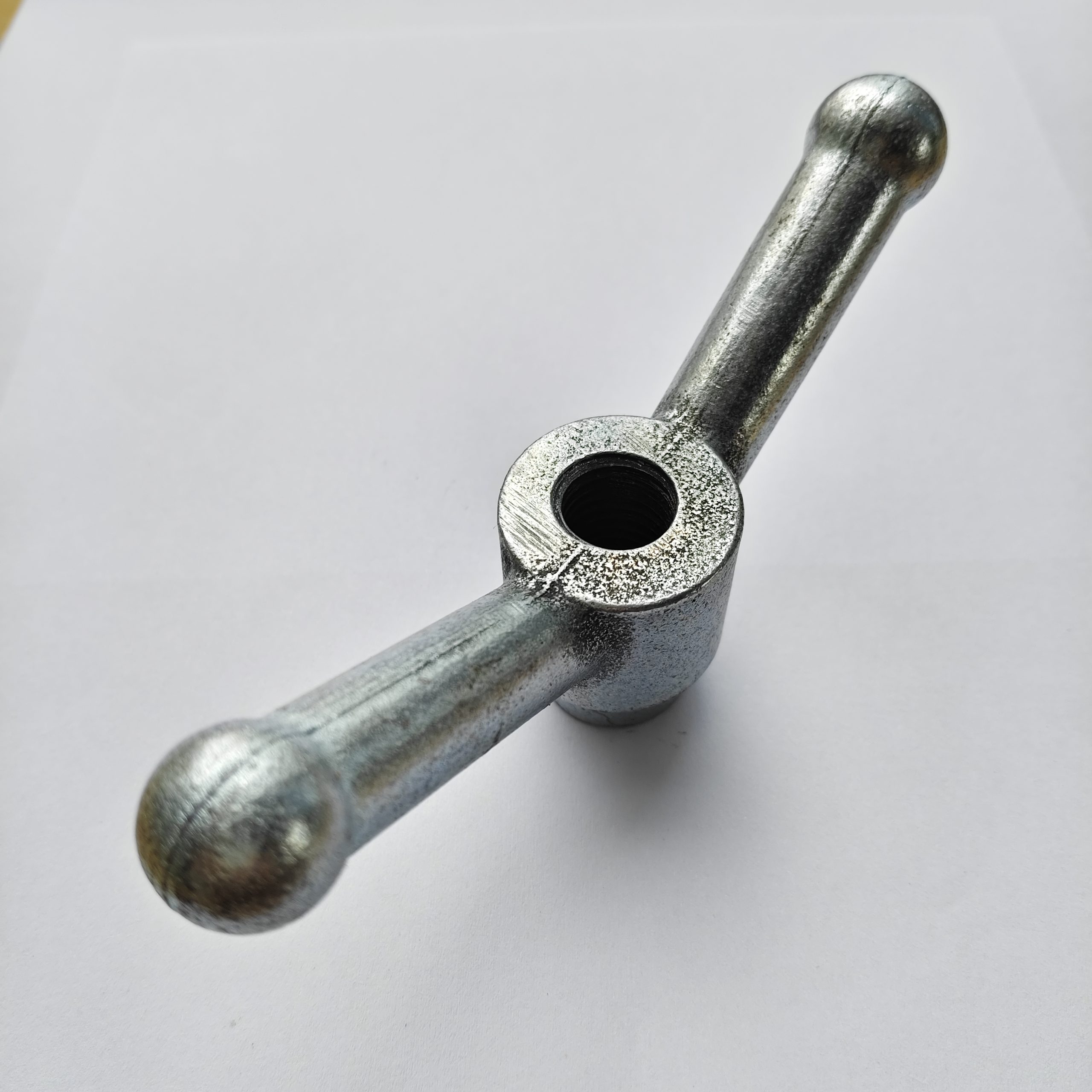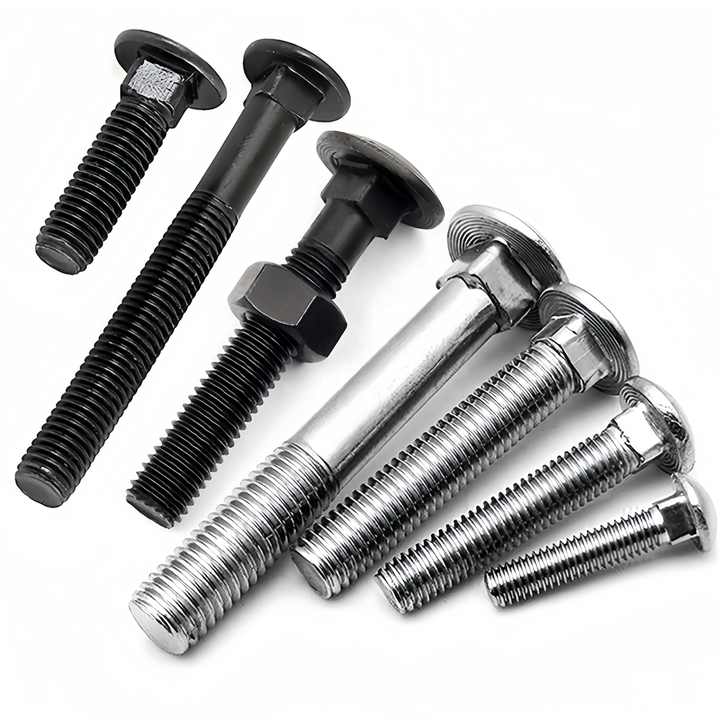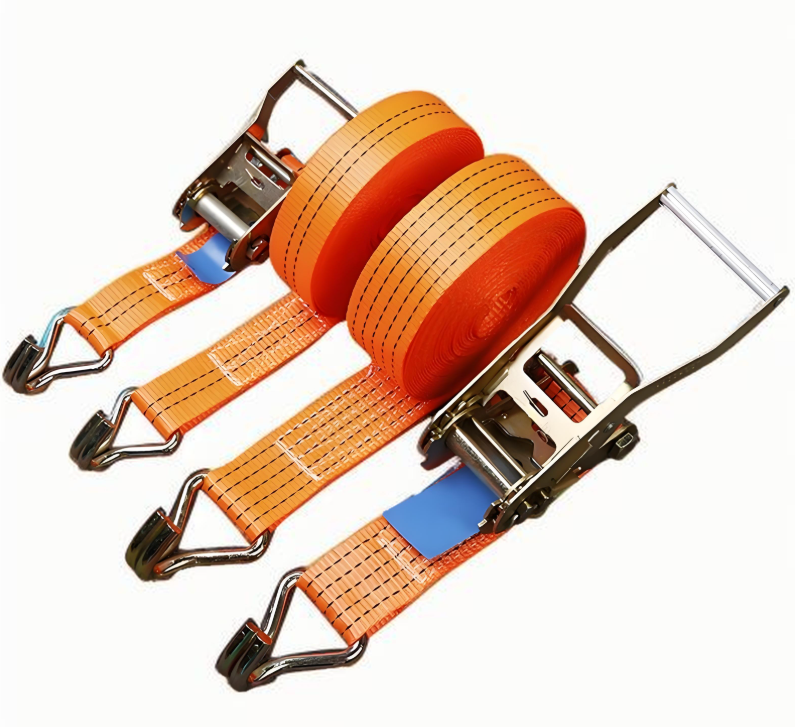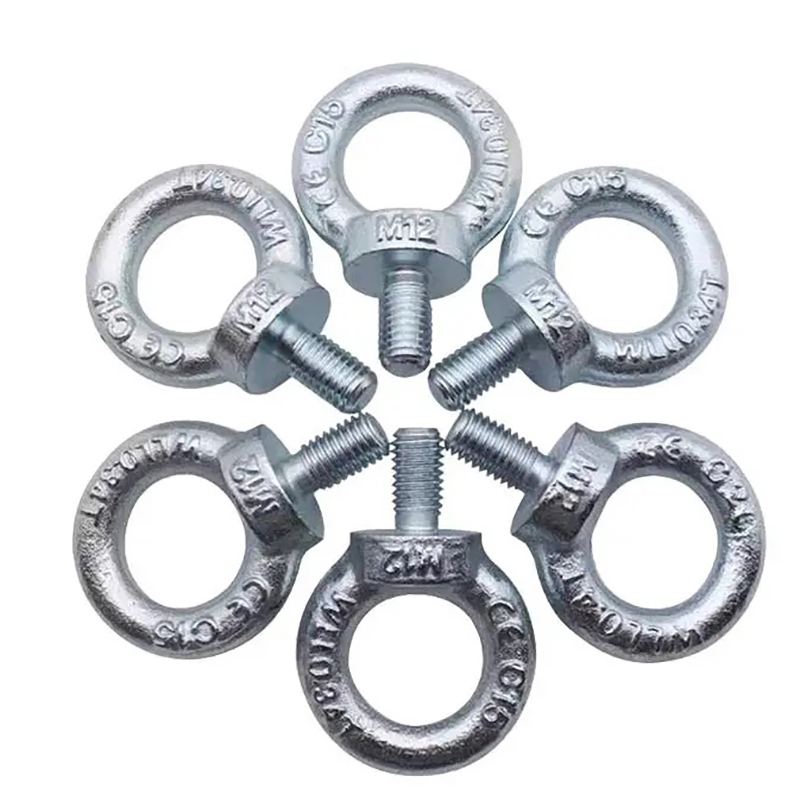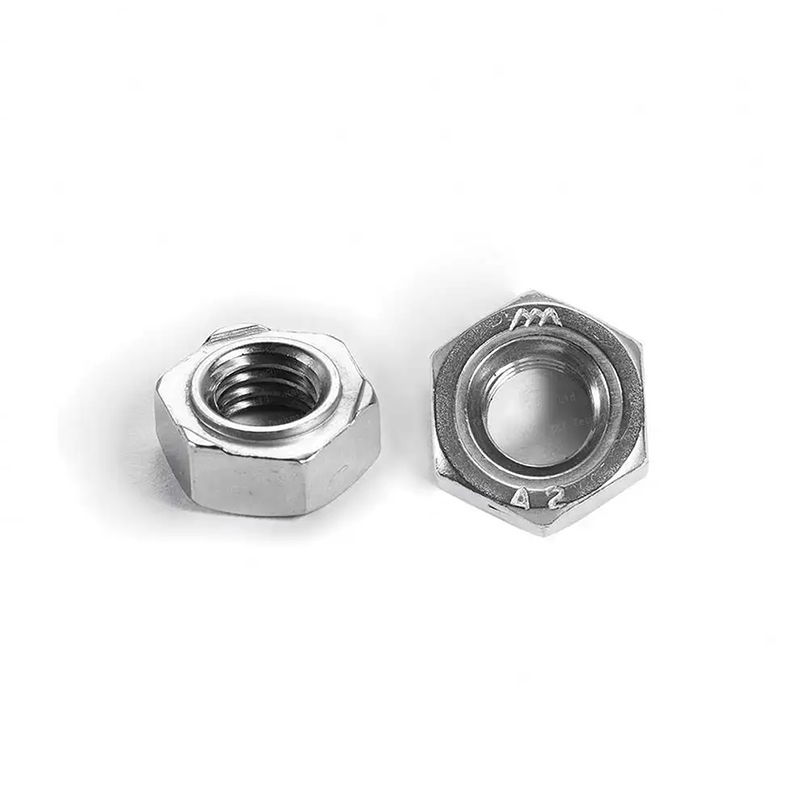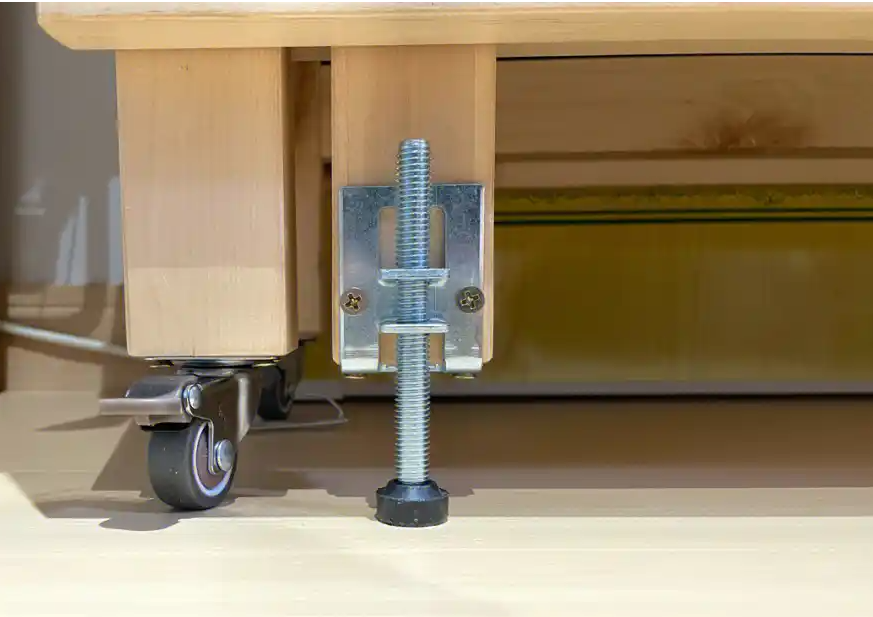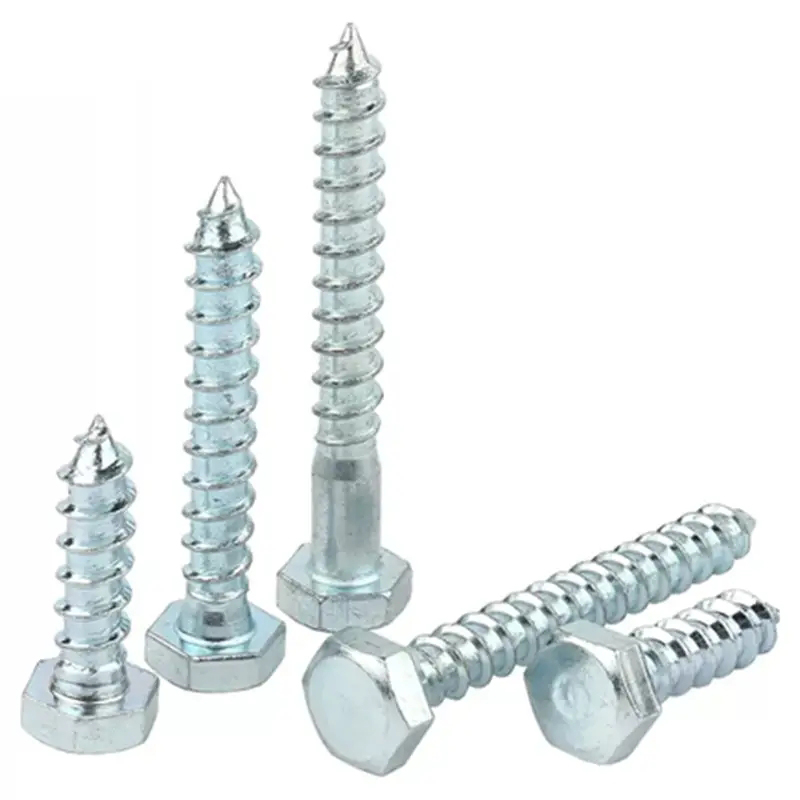

This guide provides a comprehensive overview of toilet shims, explaining their purpose, types, installation, and troubleshooting. Learn how to choose the right shims for your needs and effectively fix a wobbly toilet, ensuring stability and preventing future issues. We'll cover everything from identifying the problem to ensuring a successful and long-lasting solution.
A wobbly toilet isn't just unsightly; it can lead to leaks, cracks in the toilet base, and even damage to the floor. The most common cause is an uneven floor, preventing the toilet from sitting flush. This is where toilet shims come in. These thin, typically plastic or wood, wedges are placed under the toilet base to level it and provide a stable foundation. Using the correct toilet shims is crucial for a secure and leak-free installation.
Plastic toilet shims are a popular choice due to their affordability and ease of use. They are readily available at most hardware stores. However, they can be less durable than other options and may not be suitable for exceptionally uneven floors. They often come in various thicknesses, allowing for precise adjustments.
Wood toilet shims, often made of hardwood, offer superior strength and durability compared to plastic. They can handle heavier toilets and more significant floor imperfections. However, they may require more precise cutting to achieve the perfect fit and might be more susceptible to moisture damage over time. Proper sealing can mitigate this risk.
Some manufacturers offer specialty toilet shims designed for specific applications or with added features. These may include shims with pre-cut angles or those made from more resilient materials. Always check the manufacturer's specifications to ensure compatibility with your toilet and floor type.
Before you begin, ensure you have the right tools: a level, shims, and potentially a caulking gun for sealing. Carefully lift the toilet to insert the shims. Start with smaller shims and gradually add more as needed until the toilet is level. Use the level to check for evenness. Once level, reseal the toilet base with appropriate caulk to prevent leaks. A thorough inspection is crucial post-installation.
While toilet shims often solve the problem, a wobbly toilet could also indicate other underlying issues. If shimming doesn't resolve the issue, you might consider:
In some cases, professional assistance may be necessary.
The best toilet shims for you will depend on several factors, including the severity of the unevenness, the weight of your toilet, and your budget. Consider the material (plastic, wood, or specialty), the thickness available, and the ease of installation. Remember, always prioritize a stable and secure toilet installation.
Toilet shims are widely available at most home improvement stores, both online and in-person. You can also find them at plumbing supply stores. When purchasing, compare prices and read reviews to ensure quality and customer satisfaction. For example, you can often find a wide selection at major retailers like Home Depot or Lowe's. Remember to check the dimensions and material to match your specific requirements.
For high-quality fasteners, consider exploring the extensive range available at Hebei Dewell Metal Products Co., LTD. While they may not specialize directly in toilet shims, their commitment to quality extends to a wide array of fastening solutions.
Disclaimer: This article provides general information and should not be considered professional advice. Always consult with a qualified professional for complex plumbing issues or significant structural problems.

